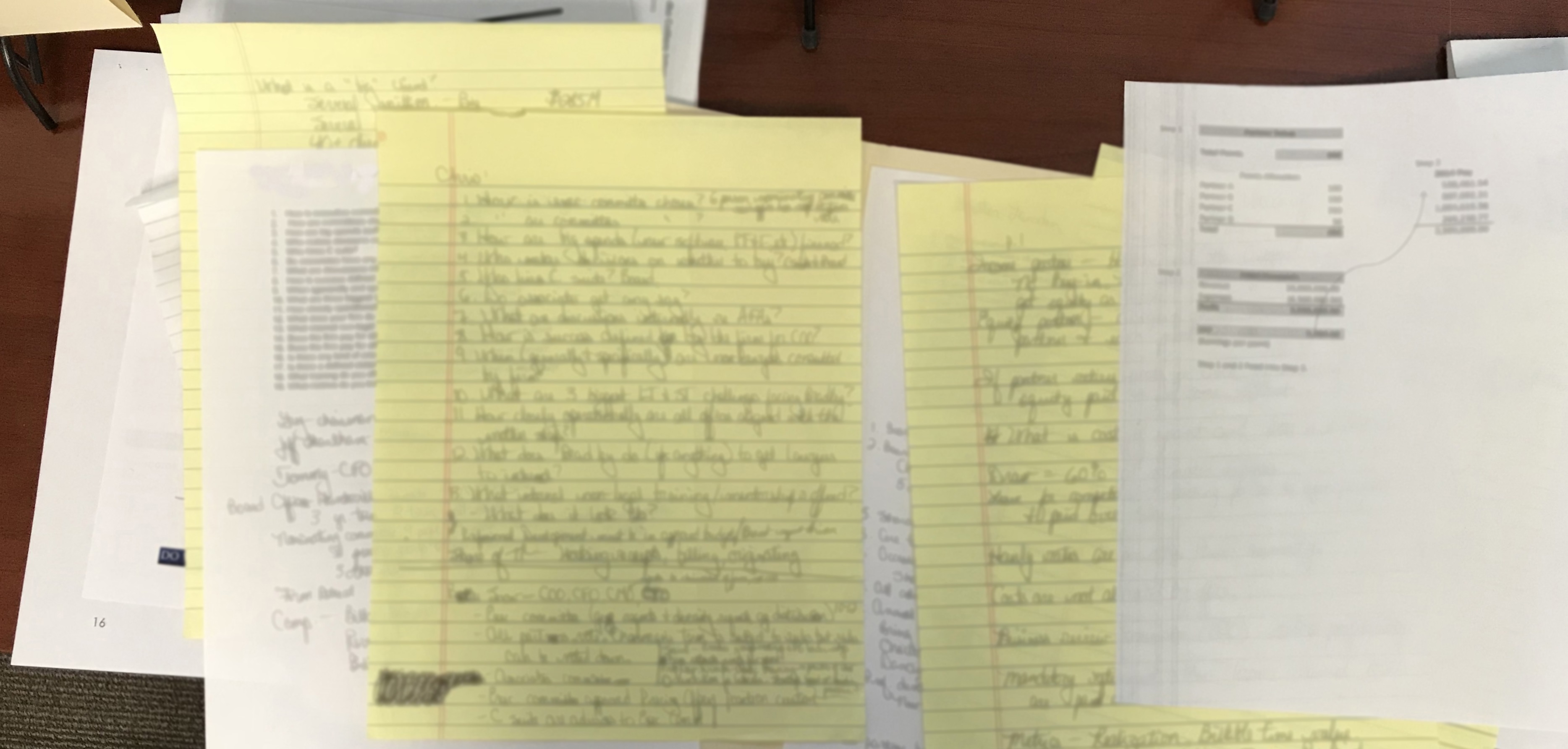If you do not work in commercial real estate for a living and have gone through the office leasing process, you have probably been confounded by the way many landlords play fast and loose with allowances for tenant improvements while refusing to budge on the rental rate. In fact, I have been asked frequently by clients if they could trade some of the improvement allowance offered for a rent reduction.
The answer is usually no and here’s why.
First, any money offered as a tenant improvement allowance is spent improving the landlord’s asset AND can be depreciated over time. Double benefit to the landlord.
Second — and often most importantly — in building valuation, rental rates are everything.
When an occupied building is sold as an investment property, the buyer is buying the building’s cash flows for the return on investment they will offer the buyer. Initially, when investors are considering a building purchase, they often use a “cap rate” calculation to determine value. Note that if the buyer gets serious, they will eventually run a much more complex and detailed financial analyses.
In a cap rate calculation, the buyer divides the net rent per square foot by desired return to get the value per square foot of the building. The value per square foot is then multiplied by the building square footage. [I am grossly oversimplifying the process to make a quick point but my overall approach here is sound.]
So, if a building charges a net rent of $20 per square foot, the investor wants a return of 9%, and the building is 10,000 square feet, the building will be worth $20/.09*10,000, or $2,222,222.
Now, say the landlord is offering you $10 per square foot in tenant improvement allowances and you say “we’ll just take the space as is; please Mr. Landlord, drop the rate $2 per square foot for each year of the five-year term instead.” The landlord is probably going to say “no” and this is why:
If that landlord is considering selling the building after your lease is signed, and your lease rate is reduced to $18 per square foot, the building value to that same investor is now $18/.09*10,000, or $2,000,0000. As a result, instead of writing you a check for $100,000 for tenant improvements, the landlord gave up that same amount in rental income, but the building value went down $222,222.
| Building Size (RSF) | Rent/RSF | Total Rent on 5 Year Term | Value/sf @ 9% Cap Rate | Total Building Value |
| 10,000 | $20.00 | $1,000,000 | $222.22 | $2,222,222 |
| 10,000 | $18.00 | $900,000 | $200.00 | $2,000,000 |
Even when a landlord is not considering selling an asset, valuation can be important. For instance, if the landlord wants to borrow money against the building, or has already done so and has a minimum loan to value ratio, the building value impacts the amount that may be borrowed.
| Rent/RSF | Total Building Value | Debt Max |
| $20.00 | $2,222,222 | $1,444,444 |
| $18.00 | $2,000,000 | $1,300,000 |
If this landlord paid the tenant a $100,000 allowance but maintained a $20 per square foot rate, and a had a loan to value requirement of 65%, the landlord would still be better off by $44,444 in borrowing capacity after subtracting the monies used to fund the allowance.
Some landlords may give tenants that do not want or need an allowance the equivalent value in free rent at the beginning of the term rather than reducing the rental rate. This is because once that free rent has been used up (in our example, after six months) the building value based on cap rate is maintained at $2,222,222.
Lease Economics 101 is complete. Please look for another installment down the road!

Well explained